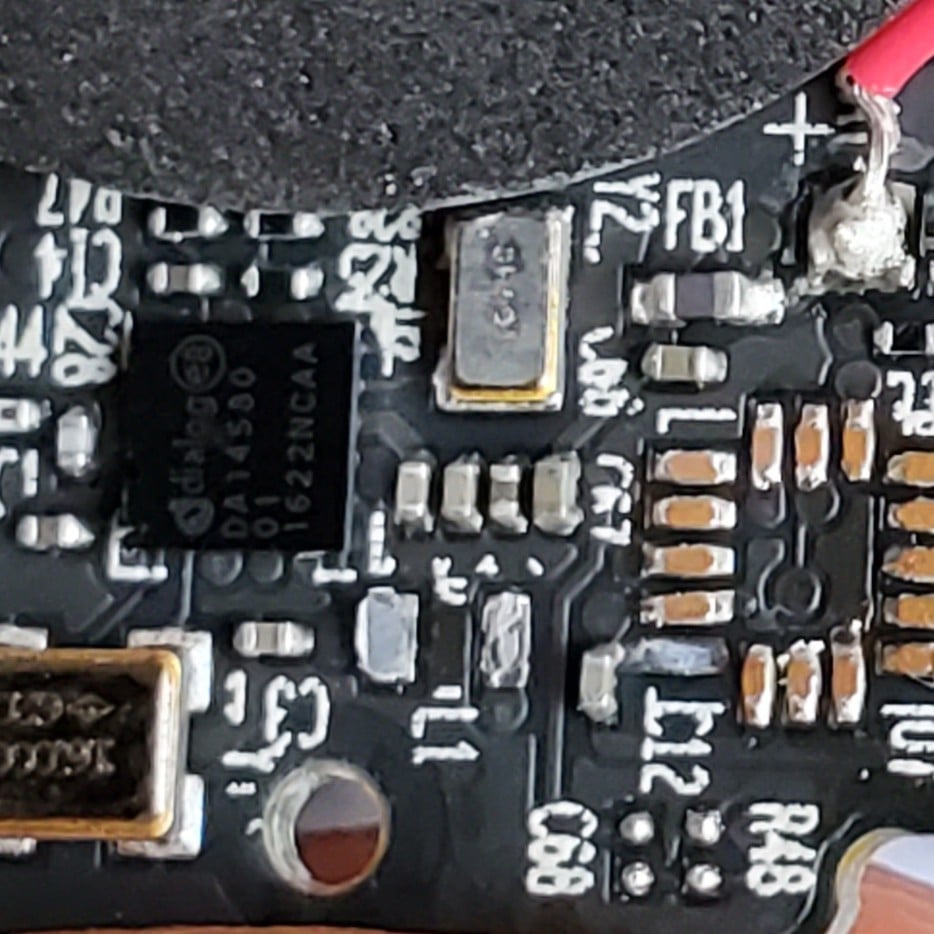How in terms of “how did you do it” i.e. a guide a wiki etc. How to you maintain it? How do you provide security and how do you maintain it? Do you host on bare metal at home? Do you use a cloud service? If the former, how do you connect to it when you aren’t at home?
I realize that’s a lot to ask, but I have some down time and want to hear everyone’s full viewpoints
Jellyfin, navidrone, paperless, freshrss, mealie, linkwarden, and immich. All on a debian as docker compose setups on a home server. I access things via tailscale and if I need it outside of that via cloudflare tunnels. Simple and easy.
I started running my own NextCloud instance on a VPS years ago and it’s been really nice. I use it for my calendar, contacts, file storage/sync, and music streaming. It replaced pretty much everything I used google services for.
What:
- wiki on how to self host a wiki
- contact (cardDAV)
- calibre (eBook collection)
- custom app to handle my finance
- HomeAssistant to follow solar production
- PiHole so I don’t have to install adblock on all devices
How:
- mainly yunohost hosted on my internet box
- some dockers in a raspberry Pi 3
How to I secured it:
- I changed the default ssh port 😎
- Excepted some chineeses bots, no one except me connect to this server. I’m convinced that when you live alone in the wood, you don’t need to lock your door. So I think the basic auth system provided by yunohost is enough for me.
I’m anti enshittification & pro digital privacy. A few years back when Evernote started restricting their service & a password manager I’d paid for multiple users for fucked me over it dawned on me that “Big Tech” did not have my best interests at heart. Since that Eureka moment I formed an interest in FOSS & ive not looked back.
I’m not in IT, 100% self taught. Started with Nextcloud with NGINX. I expose as little as possible, the rest is local only though ive set up Wireguard for external access.
I self host mostly what everyone else does: Nextcloud, Joplin, Paperless, Immich etc etc. Special shoutout to Homebox which ive found extremely useful when boxing up & organising our roof space & garage. I like to use Docker containers.
Its become a bit of a hobby & the path led me to the Fediverse. The next step is likely switching fully to Linux
The next step is likely switching fully to Linux
Thought you were using it already
Edit: keyword “fully”, got it.
Mainly i just host things to be the change i want to see in the world. Anyone with a decent internet connection can and should selfhost services that matter to them. I see the internet getting more commercial every day and lots of talk about how advertising is the only way to have “free” services online, but its really not. Its up to us to take back the internet from corporate interests.
What: Jellyfin, peertube, funkwhale, pleroma, matrix (continuwuity) and a Bunch of others. Mainly to share media and encorage more people to ditch netflix/spotify/etc.
Im currently working on setting up romm to also start sharing games.
Matrix is one of the only things i dont have open to new users because i dont want the moderation issues that come with it but it Lets me run bridges to all the other messaging services i dont want to have to use directly like i used to be able to do with IRC or Pidgin.
How: mostly just using docker on my home server, with a few things that dont need much storage on my VPS. I keep everything connected by wireguard.
Wouldn’t it be
easierbetter to read !selfhosted@lemmy.world, /t/selfhosted on mastodon, watch selfhosting youtubers…etc?Not everything is about taking the easy path in life. Sometimes you want interactions. Analog experiences. Maybe they tried those things and didn’t get satisfactory answers, or not personal enough.
I don’t question why someone asks a question. People have their reasons. Ask not, know naught.
I would say that’s the opposite of the easy path compared to the current approach, but I can respect the rest.
I’m sorry what?
What are you saying is harder than what?
Going in search of info is harder than asking for it to come to you imho.
So why did you ask OP if it wouldn’t be easier to do so?
Poor choice of words on my part. Should’ve said better.
And what do you mean by “better” which you’ve now put instead? Define better? What is the purpose of OP’s question, really? How do you quantify its metrics?
Not necessarily self-host, but I actually have an Obsidian vault that’s local-only. That is a vault where I can do my content creation brainstorming, especially script writing for Cocules Reddit Readings, of which I happened to be the new narrator for.
Otherwise, I try to do everything local without having to use something like Syncthing or NextCloud.
Well, not bad; obsidian offers google-drive Alternative(through a 3rd party plugin), which to me sounds “local enough” with zero hustle, completely syncd with both my phone and laptop.
I will say this, it is good to get your hands dirty.
I’d rather self-host with rclone and NextCloud if necessary, as Google Drive is not for me. I won’t even be getting a Google account (though my producer does).
I self host a lot of different things, some public (like my Nextcloud instance) and others are only on my home network (like paperless). Basically, if I know I’m going to allow non-techy folks to access the service I’ll consider making it public, otherwise it stays on my VPN.
Setting them up was mostly just downloading their docker-compose.yaml adjusting a few variables to suit my needs and then running docker compose up -d to bring them online.
For the most part, maintaining the service consists of making backups and just pulling the new containers when it’s time to update (docker compose pull && docker compose up -d).
As for hardware, mostly it’s just old desktops I’ve repurposed into servers. I don’t generally use VPSs unless it’s something I really don’t want to go down if my home internet goes out. Right now, nothing I have is running on a VPS, but the last service would have been my Matrix server. When I couldn’t get any of my friends and family onboard with it I shut it down and started using a public Matrix server instead.
I host a Jellyfin server at home on an ODROID HC4 that I also use for some backups with rclone. I’ve got it set up with tailscale to connect when not at home.
I have another server that I use to host multiplayer games (Minecraft and Terraria, mainly) but I only have that running sometimes (it’s my old desktop PC from a decade or so ago, so it’s not terribly efficient to leave running).
What: Photo server and media server How: followed the guides, docker mainly. I check for updates on a monthly basis or so Why: dont want my photos on Google or apple. And don’t want to pay for extra storage. Easy access to my media wherever (using tailscale)
I used just a Synology NAS with Docker containers to begin with but outgrew that. Now I have a mini PC with a 12th Gen i5 (picked up cheap on eBay) for computing and the Synology NAS is just a NAS.
Docker containers:
Glutun (VPN), qBittorrent, media managers (sonarr, radarr, prowlarr, flaresolverr), Jellyfin (video streaming), Paperless NGX (document upload), Immich (photo upload), watchtower (auto update Docker containers), Plex (because my wife isn’t used to Jellyfin yet and it takes a while to transition her to unfamiliar technology), Actual (budgeting), Syncthing (file sync), Element server (chat server just for myself, I make channels to cross-share snippets of text/links/images to myself, accessible on any device).
Still need to set up Lidarr and Beet for my music management. Also need to find a good exercise logger, set up Guacamole remote access interface, learn to use Dockage to replace Portainer, set up an RSS docker app and audio bookshelf for podcasts and audiobooks. Haven’t got the guts to approach Home Assisstant yet.
I stopped looking for a notes app and use Joplin to sync with my Mailbox.org account, but I might look for a Docker solution for notes.
NoMachine runs on my server PC for remote desktop. The server PC runs Debian with KDE (because I’m familiar with setting up what I need in KDE, which is the most superior of all desktop environments).
Synology handles making my apps accessible externally (from Synology.me reverse proxy addresses).
I used to use the Marius Hosting site to set up Synology Docker containers. Now I just copy his YAML data and edit it for my server. So I still use those guides.
I’ve written a noob guide notes for myself to set this all up again in case I destroy it somehow (already happened once). Really enjoyed using my week off to learn all this.

I set up a Nextcloud home server. It was moderately easy.
I wanted to stop using Google Drive and went looking for the most popular free, open source alternative. I found that not only is NextCloud popular for this, but you can set it up by burning a premade .iso disk image to an SD card and then starting it up on a Raspberry Pi. So that’s what I did.
I still had to follow guides to set up remote access and security, but following the guides was pretty straight forward. I really recommend it!
I built an Unraid Box that has a number of docker containers for silly little servers.
Currently I do not connect when I’m not home because the little servers are too silly to merit that.








